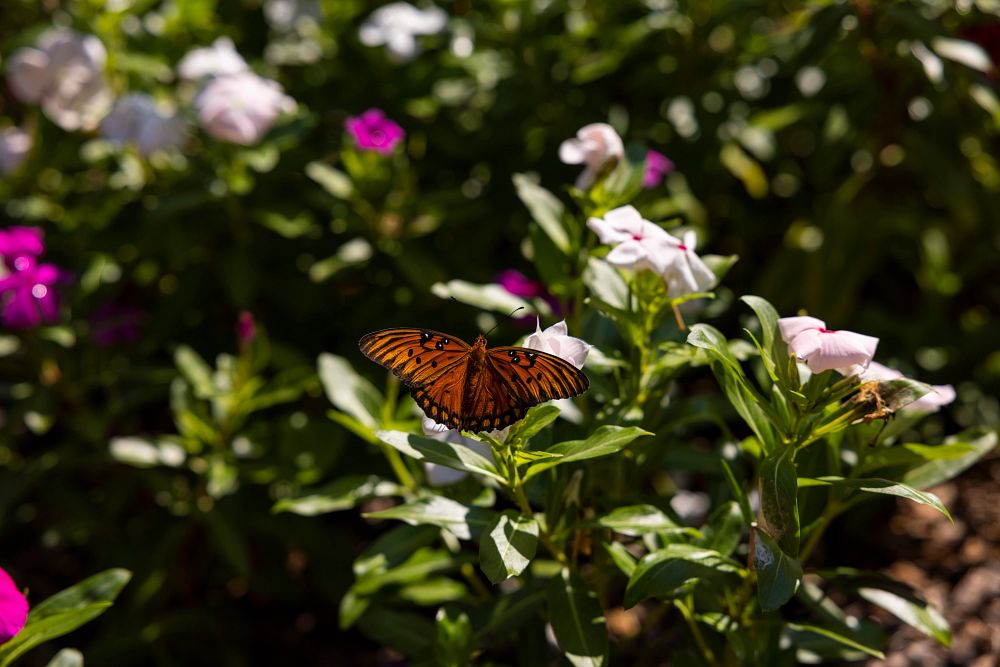Spring is the perfect time to add new flowers and trees to your home landscape. However, deer may love the new addition as much as you do.
“Deer like nutrient-rich plants, especially in spring and summer when does are pregnant or nursing, when young deer are growing and when bucks are growing antlers,” said Michael Mengak, wildlife specialist with the University of Georgia Warnell School of Forestry and Natural Resources. “Fertilized plants, such as those in home landscapes, provide protein, energy-rich carbohydrates, minerals and salts.”
Asiatic lilies, jessamine, daylily, hibiscus, hollyhock, hosta, Japanese maples, pansies and roses are a few deer favorites.
Adding deer-tolerant plants to the landscape will keep deer at bay, says Gary Wade, a UGA Cooperative Extension horticulturist.
“A good way to prevent deer from browsing in landscapes is to plant ornamental plants that deer do not like to eat,” Wade said. “Deer generally do not like plants with pungent aromas. They also shy away from plants with prickly or rough leaves and plants with a bitter taste.”
Deer-tolerant plants to try include:
- Trees: bald cypress, crepe myrtle, Eastern red cedar, ginkgo, pawpaw, pine, spruce and tulip poplar.
- Shrubs: boxwood, butterfly bush, common witchhazel, gardenia, Japanese rose, junipers, oleander, pomegranate, primrose jasmine and yucca.
- Ornamental grasses: fountain grass, lemongrass, pampas grass and sedge.
- Vines and groundcovers: columbine, creeping lantana, junipers and thyme.
- Herbaceous perennials and bulbs: African lily, amaryllis, bee balm, butterfly weed, Christmas fern, daffodils, elephant ears, foam flower, iris, lantana, marjoram, peony, purple coneflower, tarragon, toad lily and yarrow.
- Annuals: annual periwinkle, baby’s breath, basil, California poppy, snapdragon and sweet pea.
“There is no such thing as a deer-resistant plant, and when deer populations are high and food becomes scarce, deer may feed on plants that are thought to be deer-tolerant,” Mengak said.







